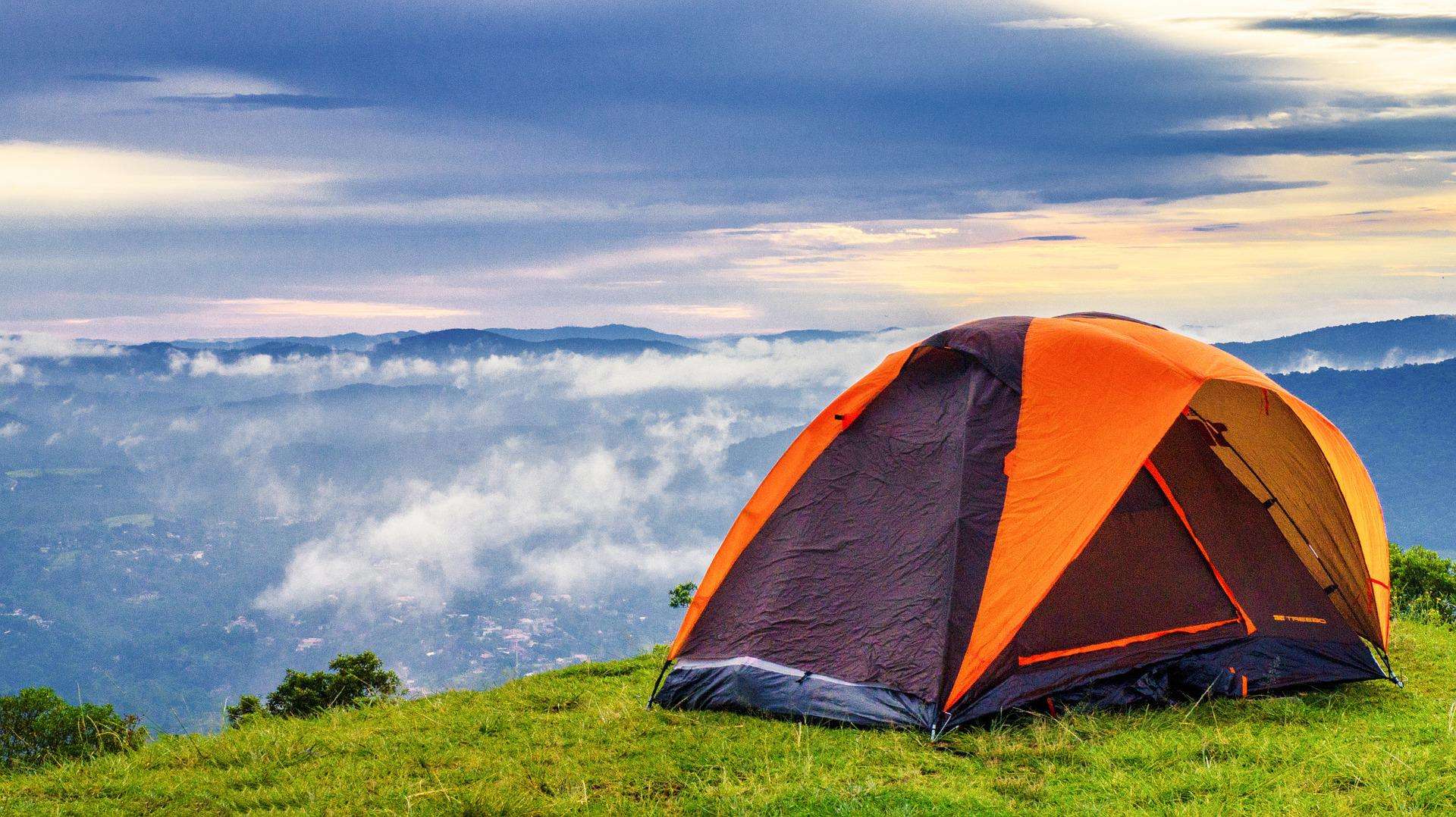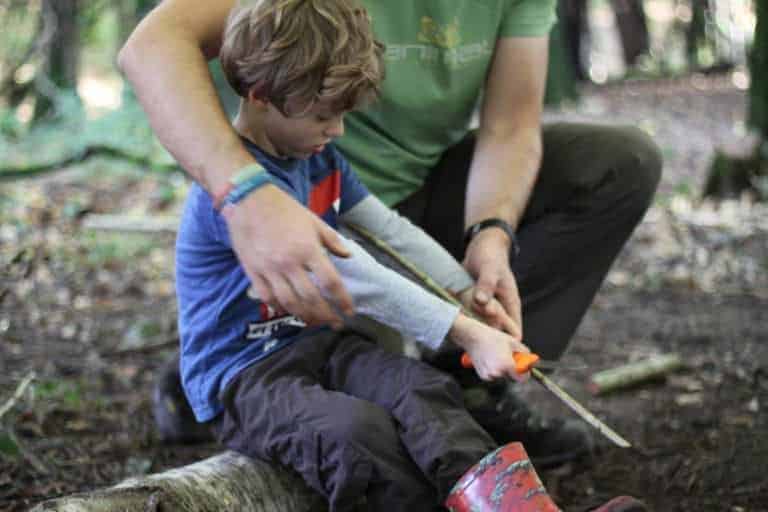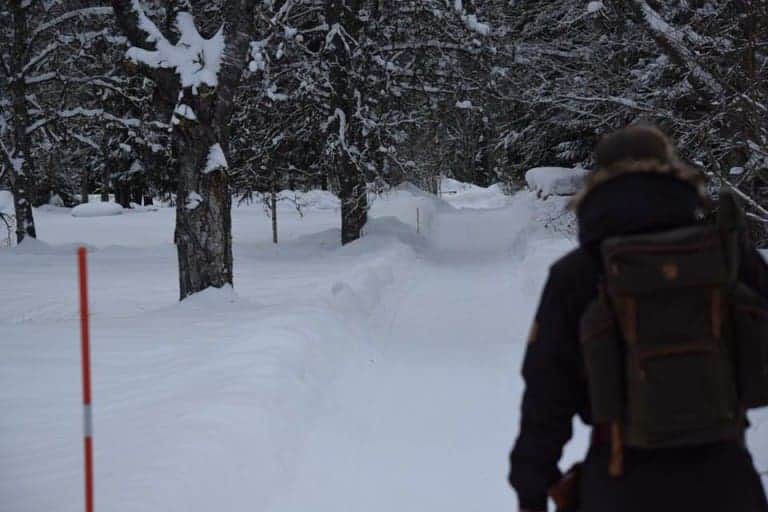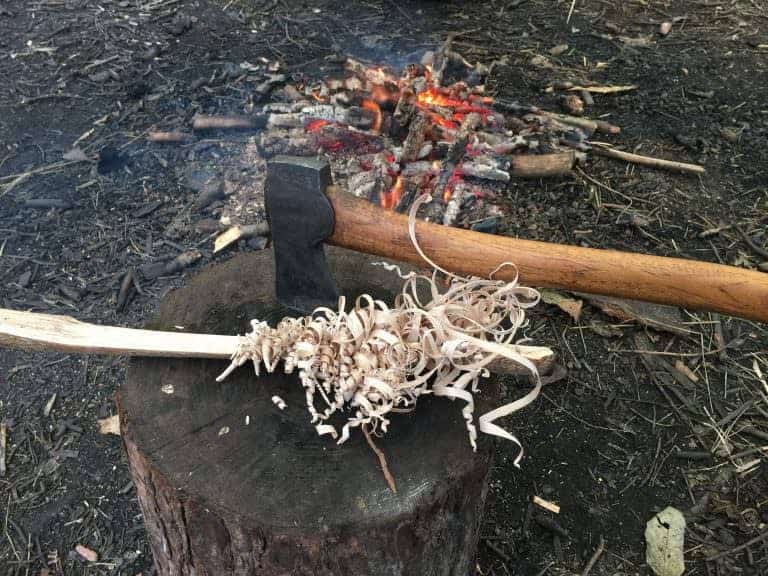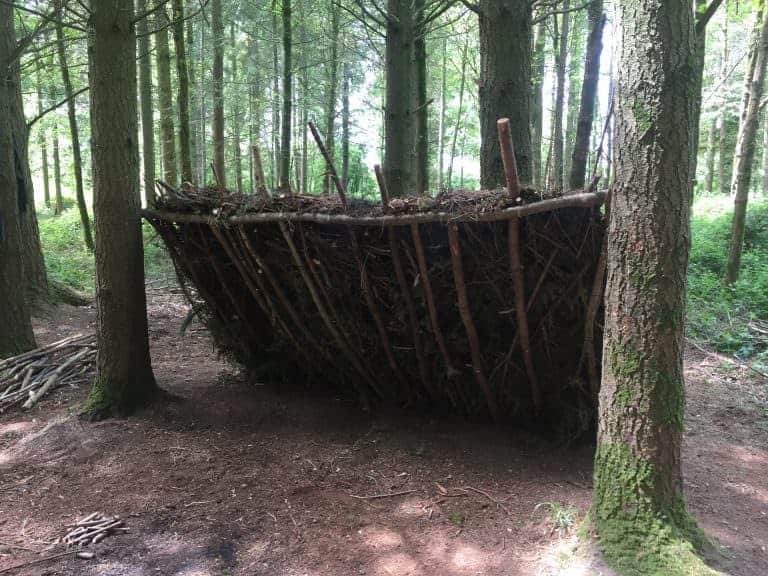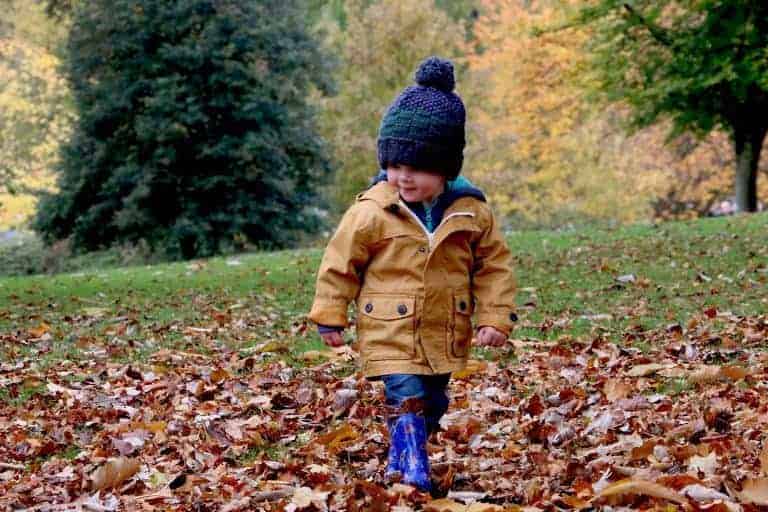Making It Comfy
We’ve all met people who will adamantly say “No way, you won’t get me sleeping outdoors.” Or people who think you’re mad, not only because you sleep outside, but that you actually enjoy it then you should be making it comfy.
On delving a little deeper it seems that many people have been put off of sleeping outdoors due to bad experiences. Either through memories of cold, wet family camping holidays as a child, or leaking tents on a school trip.
Familiar stories for many put in the great outdoors. But they’re missing out, right?
Well these things can address. And maybe they can even encourage you to get back out there and try again.
So if you are bringing a friend out to the woods for the first time, taking your kids away on their first camping trip, or trying to get your other half to fall in love with the hobby you so much enjoy, then read these tips.
Keep it comfy. Make it fun. Let’s get more people back out and fully immersed in the joys of nature, and sleeping outdoors is definitely a great way to start.
Keeping Warm & Comfortable
Daytime
Staying warm during the daytime is a little easier, you are generally moving around more, there is hopefully some warmth from the sun and you are consciously aware whether you are hot or cold.
Remember layers are the best approach to regulating body temperature as they are easy to add and takeaway. Be sure to not overheat, sweaty damp clothes mean you are prone to cooling down too quickly. Likewise if your clothes get wet you should change in to dry clothes straight away. Not bothering to change out of wet, damp or sweaty clothes is a common mistake that leads people to getting cold, fast.

If you have children with you, then you have to be extra mindful. Children do not regulate their temperature in the same way that adults do. They are also not aware that they are getting cold until they are very cold. This is often because they are engaged in the activity that they are doing, they don’t know how to recognise they’re getting cold or that they can’t verbalise it yet. It is up to the adults around them to note changes in behaviour, changes in mood and energy levels as well as physically checking their temperature.
Nightime
At night when you’re asleep you are less aware of your temperature, so it’s important to get your sleeping system right.
Be sure to invest in the right sleeping bag for the temperatures you’ll be in. And a sleeping bag is just that, an investment. Do your research and find the best one for your budget.
Unfortunately the cheap ones off of the supermarket shelves don’t cut it, and are responsible for many a cold night camping. But likewise you don’t need to break the bank either.
When buying a sleeping bag consider the following factors-
As well as considering what you are sleeping in, also consider what you are sleeping ON.

Generally the ground is cold and damp, and if you sleep directly on it you will lose a lot of body heat that way. So an insulation layer between you and the ground is an important step to a warm night’s sleep.
Even a basic foam roll mat has an insulating effect, as well as adding in a little comfort too. Roll mats can vary from the basic, to the air filled therma rest, up to the self inflating air and down filled roll mats which are more like a full on mattress.
Which roll mat you go for depends on budget, how much comfort you are after, how much weight you are prepared to carry and how small you need it to roll down into. It goes without saying that the thicker and bigger the roll mat, the heavier it will be and the more room it will take up….both inflated and deflated.
You could of course use a hammock. This raises you off the ground, is incredibly comfy and lightweight to carry. The downside to a hammock though can be what you are sleeping under and the environment around you, so bear this in mind.
Or maybe you prefer a camp bed set up, also very comfy but are often cumbersome to carry which is their main drawback.
Maybe you want to fully immerse yourself in nature and use natural materials, such as layers of insulating foliage and moss to make a comfortable natural mattress. There are many comfortable and effective ways to do this, but this is a skill and a good idea to practice this before you spend a few nights out.
You can of course combine these options to give yourself a warm and very comfortable night. The hammock with a roll mat combo is great example of this.
Staying Dry
The best starting point is to have waterproof layers to add to your clothes. Along with waterproof boots to keep your feet dry and warm. There are some great breathable waterproof options on the market. So look around and see what is in your budget and suits your needs.
But just like with your sleeping system, view your waterproofs as an investment. As life outdoors will be soooo much more comfortable if you are dry and warm.
If your waterproof layer does let you down, be sure to change in to dry clothes straight away. And if you know you’re going to be out in damp. Or wet conditions it’s good to have spare waterproof layers too.
Sleeping out and staying dry needs a little more thought, as there are a few options. Will very much depend on where you are sleeping. After all, sleeping out in private woodland offers way more options than a campsite.
Many favour sleeping under a tarp, this allows for different sleeping system set ups, such as a hammock. That can’t be used in a tent for example. Tarps are light to carry, waterproof and can be set up in many different ways depending on your environment, experience and preference.

There is the bivy bag option too, this will stop damp coming up through in to your sleeping bag. Offer some protection from light drizzle, but not ideal for heavier rain. Though on the plus side, you can just relax back and look. Up at the sky, just not the best option in wet conditions.
And of course, the humble tent. Such a huge variety. From the small lightweight tent to the larger, family friendly options. The choice is yours. Again this depends on not just budget but where you are heading. With who and what you’ll be sleeping on and in. Modern tents are generally very waterproof (if cared for and put up properly) but do your research and read some reviews before investing.
Insects
Many put spending time outdoors insects. Whether they don’t want to bite or just don’t like seeing them around this can be a factor for some.
Of course, none of us are a fan of having mosquitos flying around us, or worse still. When they tuck in and use you as mozzy buffet! But don’t let this put you off, there are some great midge repellants.
It is also a good idea to wear long sleeves and cover up a little more. In late afternoons as they start to come out. Sitting closer to the campfire can help too as they are put by the smoking. And some find that eating garlic helps to keep them away. And reduces the likelihood of you becoming their midnight snack.

It is also important to say that we don’t want to keep all insects away. They are of course an important part of our environment and we need to nurture and protect so many of them. After all, it is us coming in to their environment as we lay out our roll mats and pitch our tarps. So if you find a bug where you don’t want it, don’t kill it, just move it away and let it carry on with its day. It is important to teach our kids this too, and to teach a love of our precious mini beasts rather than learning to be scared of them.
Adventures should be fun. They should take you to great places. Experience new things. And so many people have been missing out because they don’t want to sleep out. So make it comfy. Keep it fun. And let’s get more people back out enjoying our beautiful outdoors and make some great memories together.


